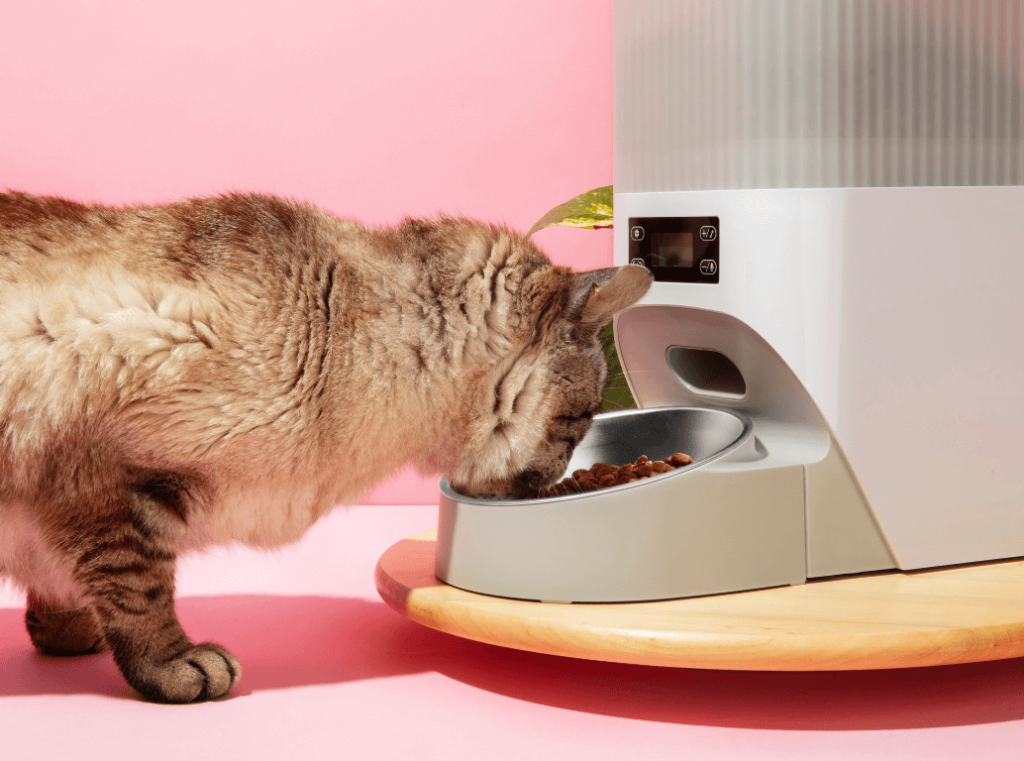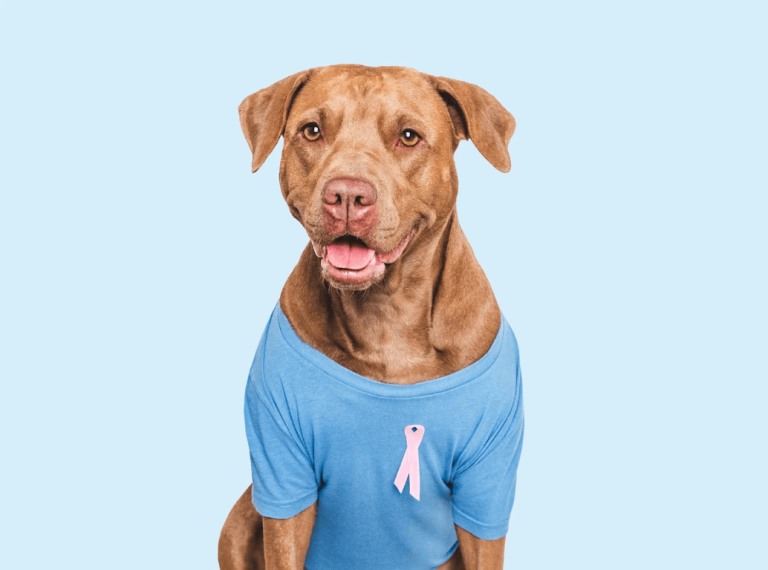Obesity in pets has become one of the fastest-growing health concerns for cats and dogs worldwide. It often begins with love: an extra treat here, a table scrap there. Over time, those small indulgences can shorten your pet’s lifespan and limit their quality of life. Extra weight strains joints, increases the risk of disease, and makes simple activities like walking or playing difficult. October is Pet Obesity Awareness Month, and it’s the perfect time to start the conversation about healthier habits and making informed choices for the pets we love.
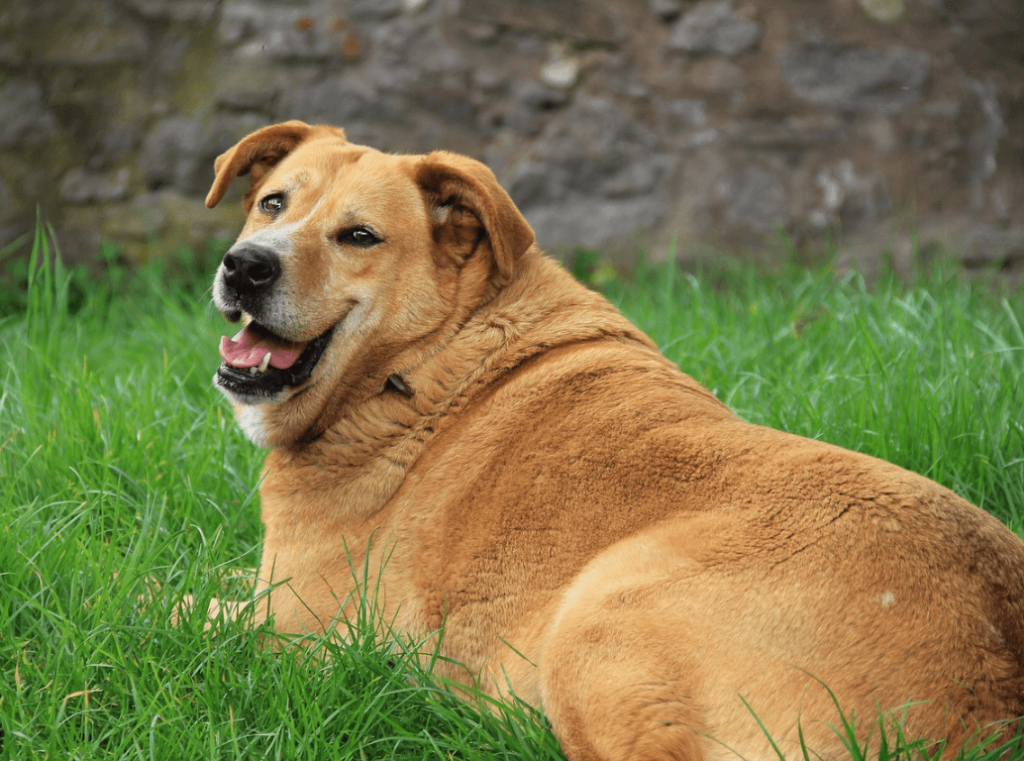
The hidden risks of obesity in pets
A little extra weight may not seem serious at first, but it can quickly impact your pet’s health and happiness. Veterinarians define obesity as when a cat or dog weighs around 20% more than their ideal body weight. Many pet parents don’t recognise the signs until problems appear — and that’s where the danger lies. Studies link obesity in pets to diabetes, arthritis, heart and respiratory disease, and even shorter lifespans. Excess weight also places extra strain on joints, making it painful for pets to walk, climb stairs, or enjoy playtime. This often leads to a cycle of reduced activity and further weight gain.
The good news is that prevention is simple. Pet owners who learn the risks early can make small, mindful choices to protect their pet’s long-term health.
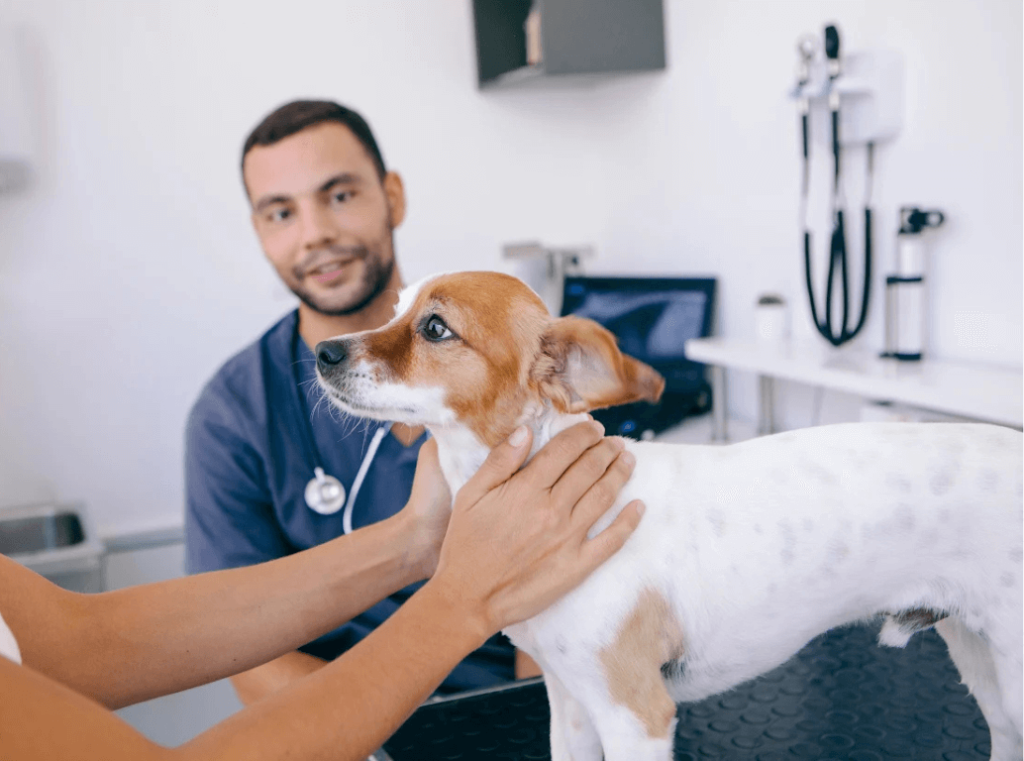
How to tell if your pet is overweight
There are simple ways to check if your pet is carrying extra weight. Start with a simple rib check: you should be able to feel your pet’s ribs with only a thin layer of fat covering them. From above, your pet’s waist should dip in behind the ribs, and from the side, there should be a clear abdominal tuck rather than a sagging belly. Cats should also have a visible waistline and no swinging pouch of fat under the stomach.
Veterinarians use a body condition score to track obesity in pets, grading them from 1 (underweight) to 9 (obese). A vet check-up can provide clarity and help set a healthy target weight if you’re unsure about your pet’s condition.
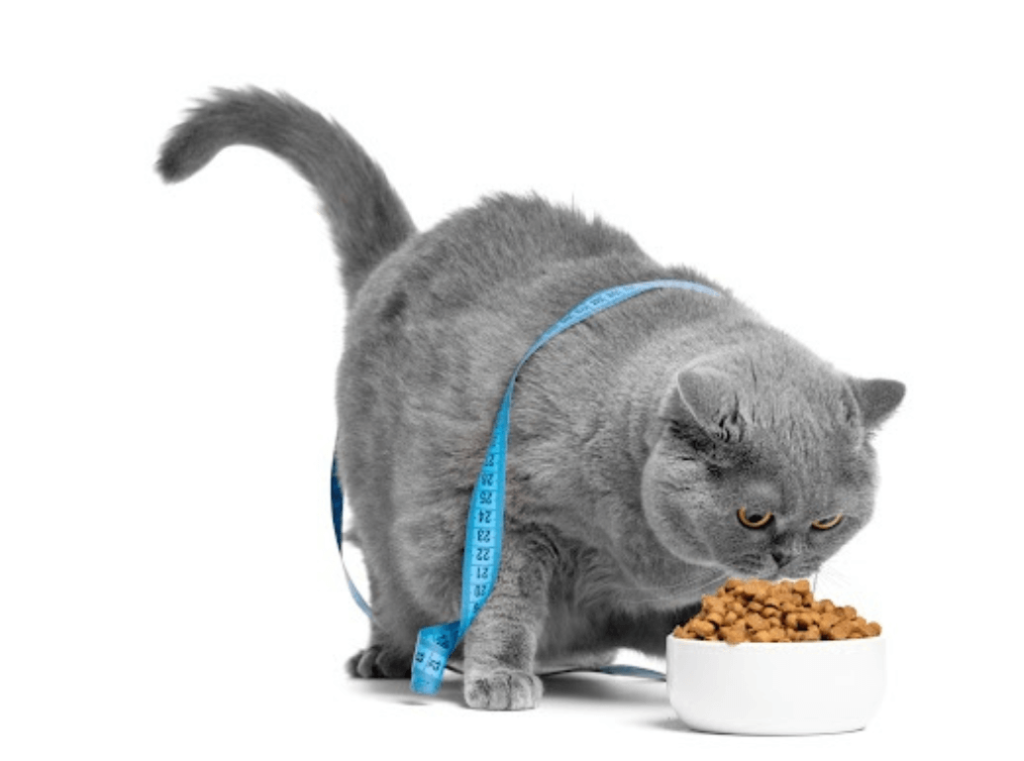
The link between pet food and obesity
A major cause of obesity in pets is food that adds calories but little nutrition. When choosing dry food, the label is your guide. High-quality protein should be listed near the top, as this supports muscle maintenance. Controlled fat levels provide steady energy without excess weight gain, while Omega-6 fatty acids help keep skin and coats healthy. Puppies and kittens need DHA for brain development, and cats require taurine for healthy eyes and heart function.
Lower-quality foods often use vague “fillers” or by-products. These cause weight gain while offering little benefit. Complete is different: we scientifically test and balance our recipes so every bowl supports your pet’s long-term health.
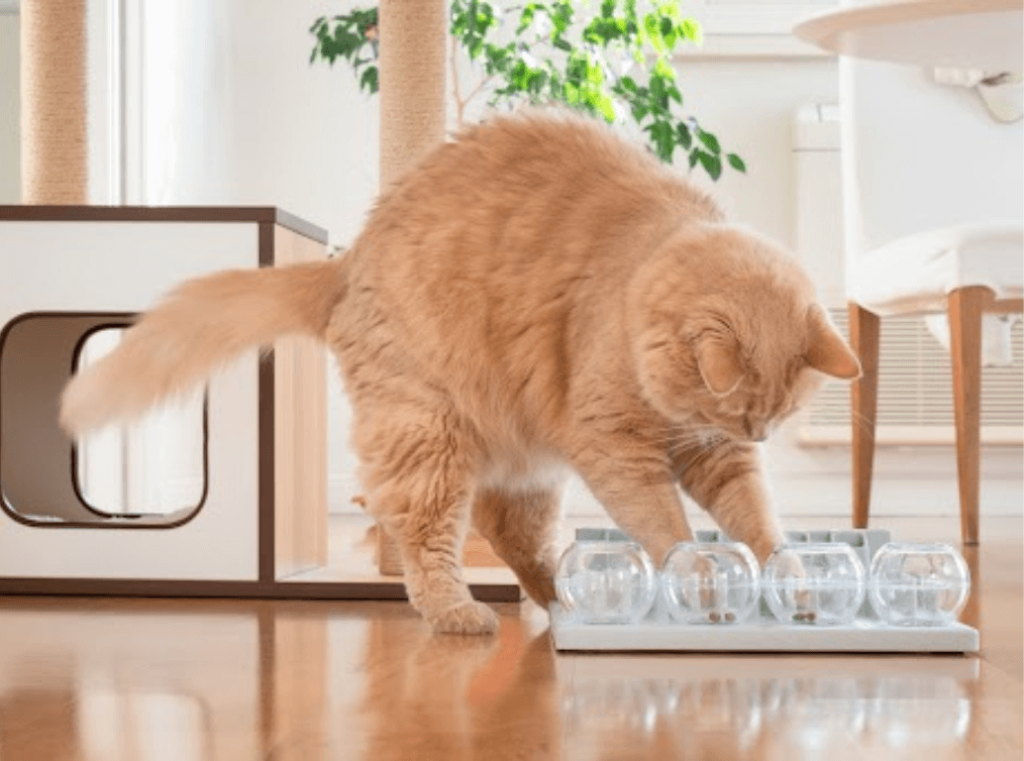
Smart feeding habits for cats and dogs
Even the best pet food can cause problems if portions aren’t managed carefully. Feeding guides on the bag are based on a pet’s ideal weight, not their current one. Sticking to those amounts helps keep those calories in check. Measure meals out instead of free-feeding to prevent overeating, and stick to consistent feeding times to support better digestion.
Treats should make up no more than 10% of a pet’s daily diet to prevent obesity. Use kibble as rewards when training and swap table scraps for healthier alternatives like carrot pieces to keep things balanced. Enrichment tools such as slow-feeder bowls or snuffle mats help pets eat slower, reduce overeating, and add fun to mealtimes.
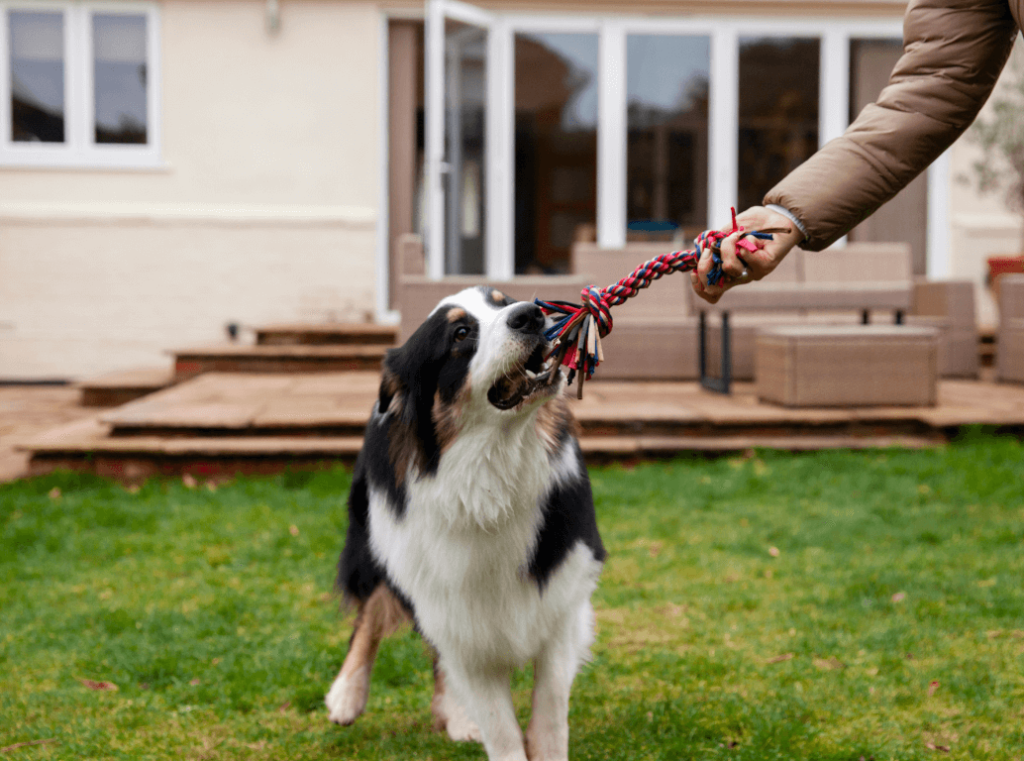
Healthy habits beyond the bowl
Daily activity is just as important as nutrition when it comes to maintaining a healthy weight. Some pets are more prone to weight gain due to age, breed, or sterilisation. Regular exercise helps reduce these risks by burning calories, building muscle, and keeping joints flexible. Dogs benefit from regular walks, playtime, or even swimming, while cats need opportunities for climbing, chasing, and interactive games.
Check your pet’s body condition regularly and keep up with vet visits to catch any changes early. While Complete provides a balanced nutritional foundation, these healthy daily habits play a huge role in minimising obesity in pets.
Preventing obesity in pets starts with small, consistent choices: the right food, measured portions, and active lifestyles. Together, these habits build the foundation for a healthier, happier, and longer life.
Complete helps make that foundation stronger with scientifically balanced nutrition you can trust in every bowl. Find our products at pet shops across South Africa or browse the full range online.

